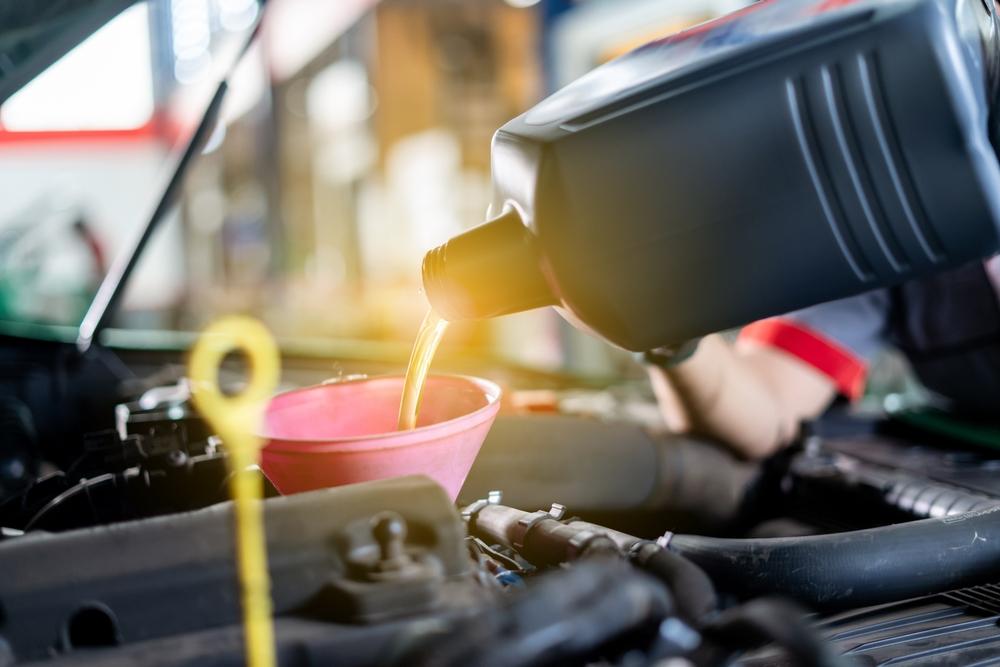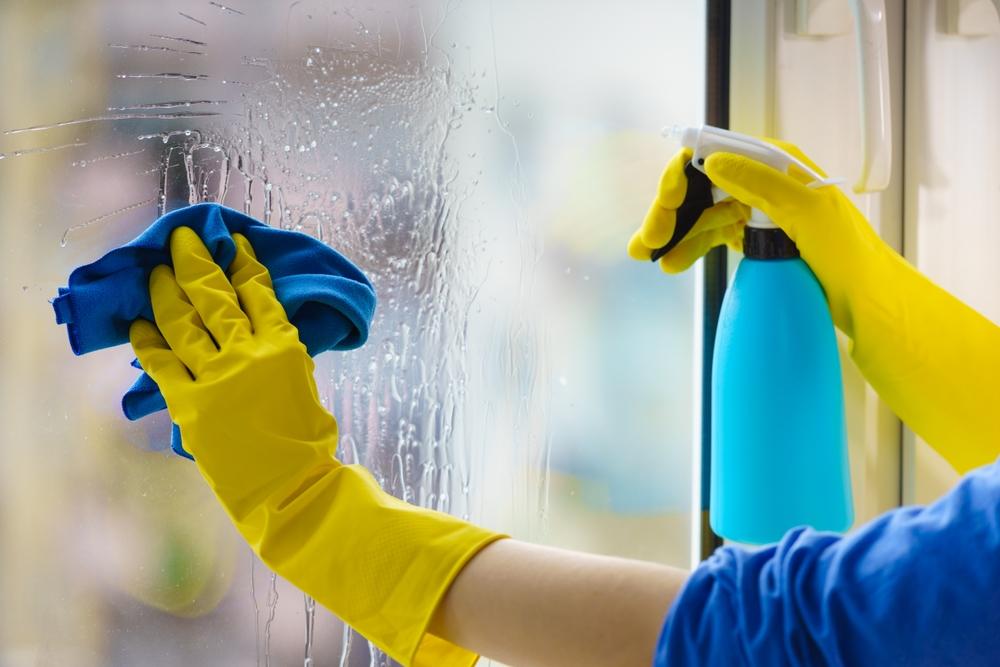Industrial Sealants and Adhesives: A Comprehensive Guide
Discover the world of industrial sealants and adhesives.
Industrial sealants and adhesives are essential components in a wide range of manufacturing processes, providing crucial functions such as bonding, sealing, and protecting various materials. These products are designed to withstand harsh conditions, including extreme temperatures, chemicals, and mechanical stress, making them indispensable in industries from automotive and aerospace to construction and electronics.

Types of Industrial Sealants and Adhesives
Industrial sealants and adhesives come in a variety of types, each with its own unique properties and applications. Some common types include:
- Acrylic sealants: Known for their versatility and fast curing time, acrylic sealants are often used for bonding glass, metal, and other materials.
- Silicone sealants: Silicone sealants are highly resistant to moisture, temperature extremes, and UV radiation, making them ideal for outdoor applications and sealing joints in HVAC systems.
- Polyurethane adhesives: Polyurethane adhesives are known for their strong bond strength and flexibility, making them suitable for bonding a wide range of materials, including wood, metal, and plastics.
- Epoxy adhesives: Epoxy adhesives offer exceptional strength and durability, making them ideal for structural bonding applications and repairing damaged components.
- Anaerobic adhesives: Anaerobic adhesives cure in the absence of oxygen, making them perfect for sealing threaded connections and preventing leaks.
Benefits of Using Industrial Sealants and Adhesives
The use of industrial sealants and adhesives offers numerous benefits, including:
- Improved product performance: By providing strong and reliable bonds, sealants and adhesives can enhance the performance and durability of products.
- Reduced maintenance costs: Sealants and adhesives can help prevent leaks, corrosion, and other forms of damage, reducing the need for costly repairs and maintenance.
- Increased efficiency: Sealants and adhesives can streamline manufacturing processes by eliminating the need for mechanical fasteners or welding.
- Improved safety: By preventing leaks and spills, sealants and adhesives can help improve workplace safety.
- Enhanced aesthetics: Sealants and adhesives can be used to create clean, finished joints that enhance the appearance of products.
Factors to Consider When Selecting Industrial Sealants and Adhesives
When selecting industrial sealants and adhesives, it is important to consider several factors, including:
- Material compatibility: The sealant or adhesive must be compatible with the materials being bonded or sealed.
- Environmental conditions: The product must be able to withstand the expected environmental conditions, such as temperature, humidity, and exposure to chemicals.
- Required bond strength: The sealant or adhesive must provide the necessary bond strength for the application.
- Cure time: The cure time of the sealant or adhesive must be compatible with the manufacturing process.
- Cost: The cost of the sealant or adhesive must be considered in relation to its performance and benefits.
Applications of Industrial Sealants and Adhesives
Industrial sealants and adhesives are used in a wide range of applications, including:
- Automotive: Bonding windshields, sealing gaskets, and repairing body panels.
- Aerospace: Sealing joints in aircraft structures and components.
- Construction: Bonding building materials, sealing joints in HVAC systems, and waterproofing surfaces.
- Electronics: Bonding components and sealing enclosures.
- Manufacturing: Sealing threaded connections, bonding components, and repairing damaged equipment.
By understanding the different types of industrial sealants and adhesives, their benefits, and the factors to consider when selecting them, manufacturers can ensure that they are using the right products to meet their specific needs.











